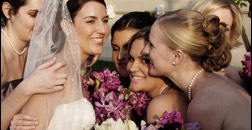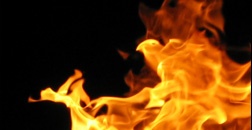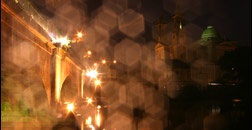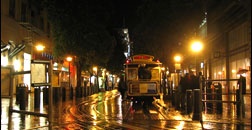
Portraits: Prepare First
The golden rule when taking pictures of people is to always think about what you are doing before you press the shutter release. What do you hope to achieve?

The golden rule when taking pictures of people is to always think about what you are doing before you press the shutter release. What do you hope to achieve?

As the light fades, do thoughts of photography wane also? If that’s the way you think then read on as we will be showing you that low light photography is awash with opportunities!

A beautiful sunset is very “orangey” and has a Kelvin temperature of about 2500. However, a blue sky has a Kelvin temperature of 10,000. The bigger the number the “bluer” the color.

It’s always a struggle going out in bad weather. Cold days and nights, rain, fog and that welcoming warm fire at home. But, if you can overcome the temptation to stay at home then you could get some great images.

Flash is usually used in lower light conditions. As the light drops, the chances of blurred images increases. Flash will overcome this problem, but cause others.

Reflections from the skin of subjects can cause a good deal of bother and ruin the image for the photographer and model. Most times it is caused by harsh light falling on the subject and reflecting back to the camera. It can be made worse by certain skin tones and by types of make-up.

In very simple terms, the ISO setting is a measure of how sensitive your camera sensor is to light. A low ISO (e.g. 100) will not be very sensitive to light whereas a high setting (e.g. 1600) will be very sensitive.